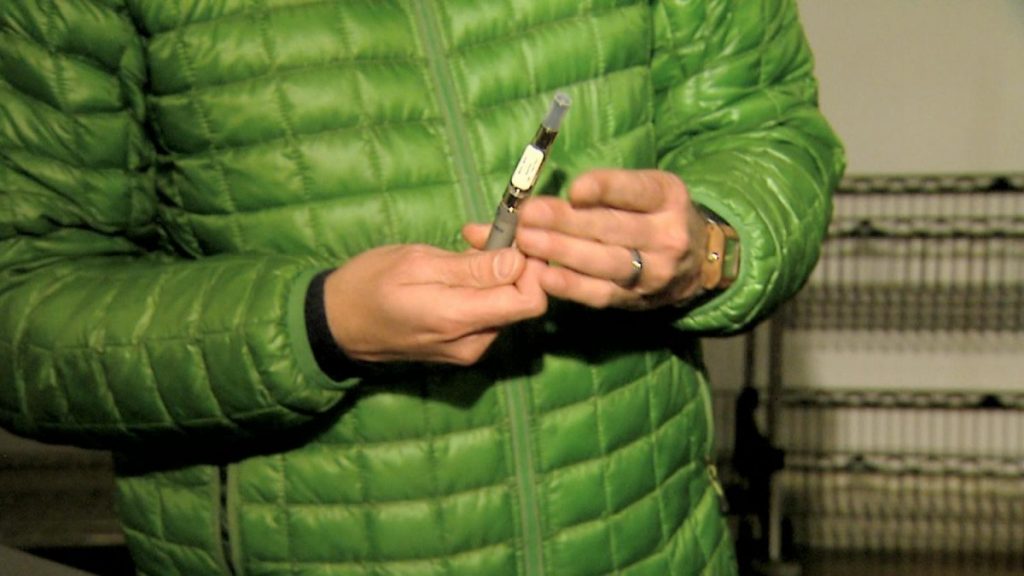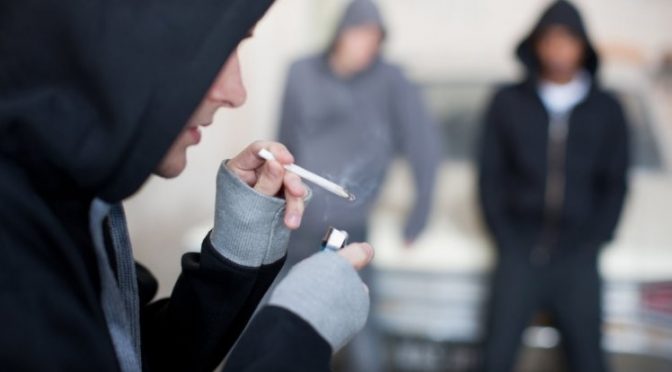Teacher in Pueblo Describes the Problem
Defenders of marijuana such as Governor John Hickenlooper say youth use of pot did not go up after legalization. When surveys don’t track the state’s largest schools, the information gets distorted. Many counties in the eastern plains and western slopes do not allow marijuana shops. Interviews with teachers and administrators in Denver, Colorado Springs, Pueblo and the central part of the state tell another story.
We believe the evidence of teachers, counselors, parents and school administrators reveal more than any survey of students. Please listen to this video:
Dissertation Reveals the Pot Problems of Colorado Springs Schools
Clyde Evans III wrote a dissertation, “Dose Of Reality: High School Counselors’ And Deans of Students’ Observations On The Effects Legalized Recreational Marijuana Has Had On High School Students.” Recreational marijuana has had a negative impact on the high school students in a Colorado Springs school district. Twelve High School Counselors and Deans of Students were interviewed.
Colorado Springs has more than 90 “medical” marijuana dispensaries, but not “recreational” dispensaries. Turning marijuana use into something “medical” and selling the snake oil was an important part of making it acceptable.
Evans, author of the dissertation wrote to us. “All participants stated how they noticed high school students who used marijuana either quit school, had declining grades, failed to participate in class and on homework assignments.”

Peer Pressure
“Peer pressure played a major role in in high school students’ marijuana use. Furthermore, factors that limited effective marijuana awareness education was teens have been caught in the middle of the marijuana culture, which included music, friends, peer pressure, and just wanting to be liked. Experimenting with marijuana helps students prove their status among peers. Students attend health class in ninth grade that briefly covers drug awareness; therefore, marijuana education is limited to a portion of a semester.
“Throughout the remainder of high school, drug awareness education is limited to social media, television, and radio ads. The fact that parents are using marijuana is also a limiting factor because students feel that the availability of the drug is plentiful and easily accessible.
“The findings of my study suggest the need to include marijuana awareness education to students prior to high school due to the facts that older siblings and peers are introducing students to drug use. Students do not understand how early marijuana use may not be healthy for them over the long-term. Further research also needs to focus on the long-term effects marijuana use may cause due to high school students’ usage at an early age while the brain is still developing.
“Another topic for further research is the issue of how will high school marijuana users navigate the workforce upon completing high school and pre-employment drug testing is required.”
In 2014, the Sick Chirpes website published information from Colorado students. “I’ve seen people in my math class and they’ll be sitting there with the teacher and they’ll be smoking it and they won’t even know.” A Lakewood High School student said that. So do you believe the surveys or the actually testimonies?

